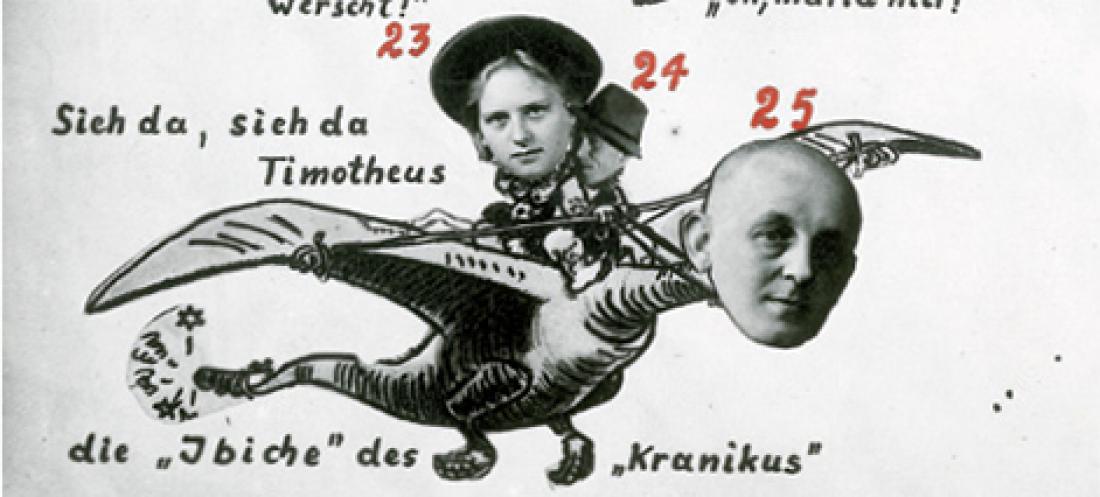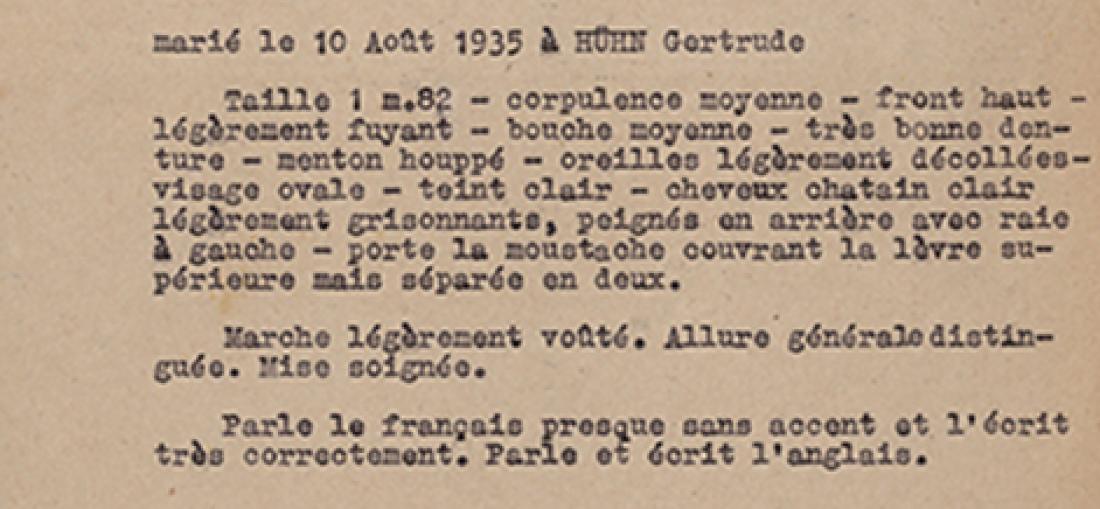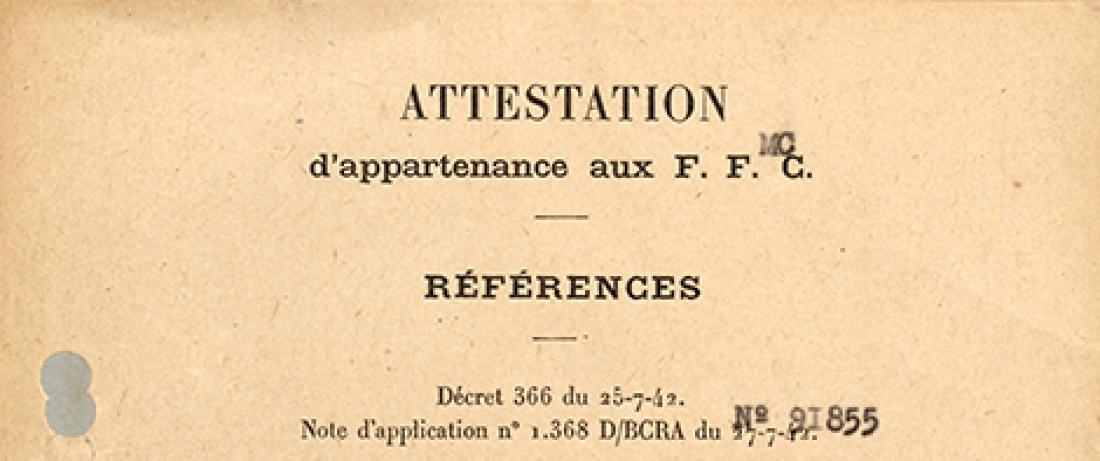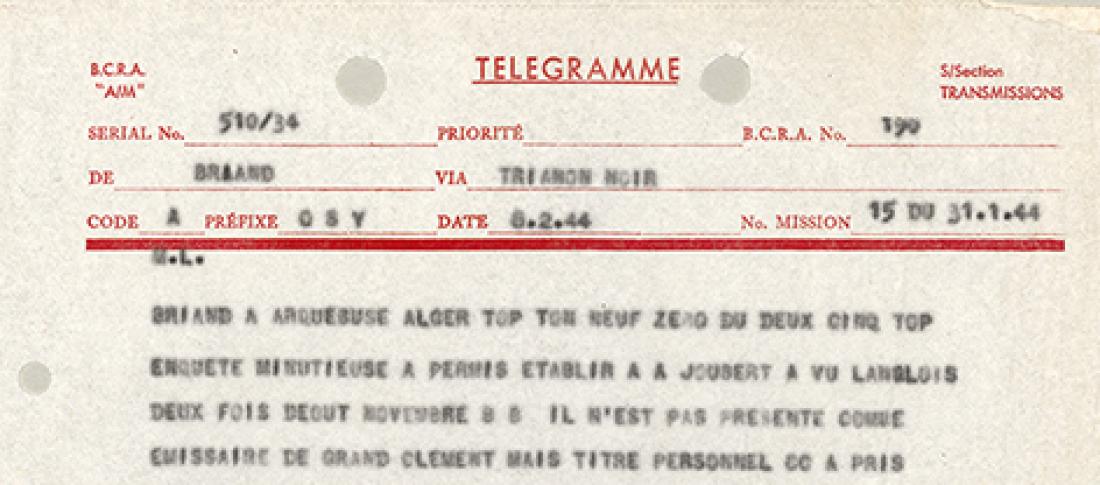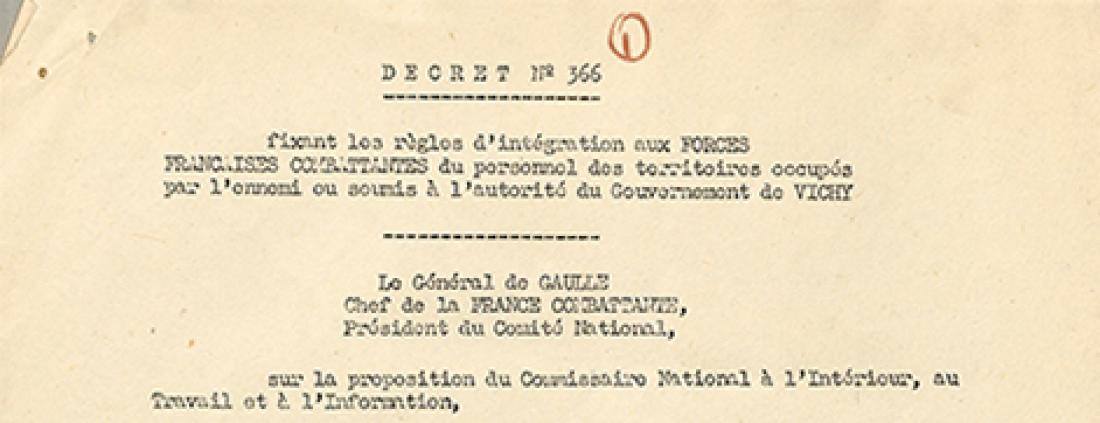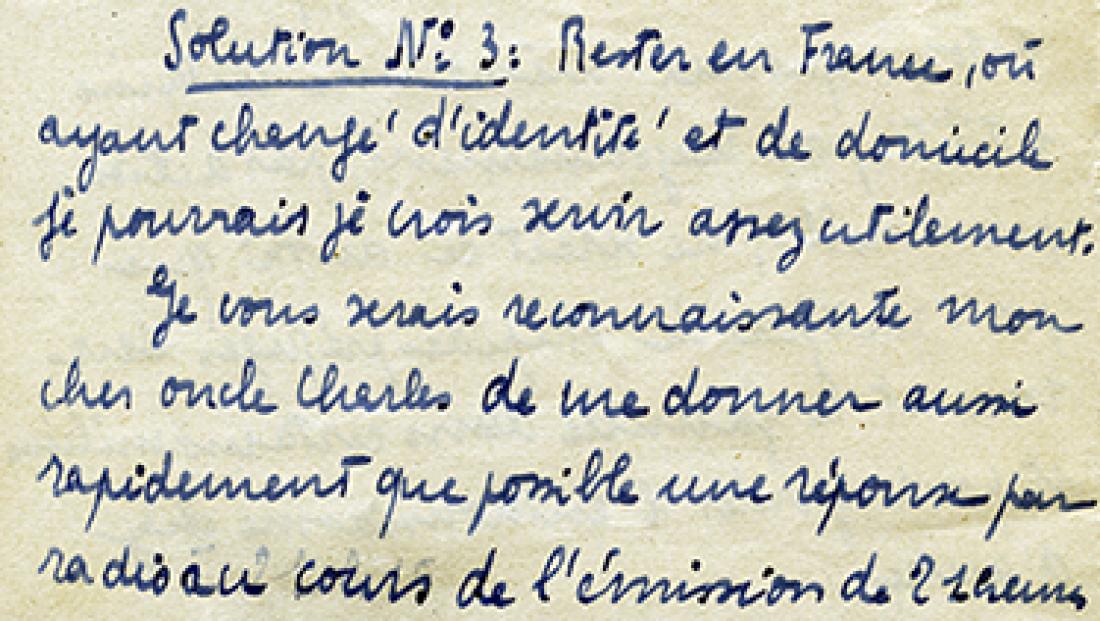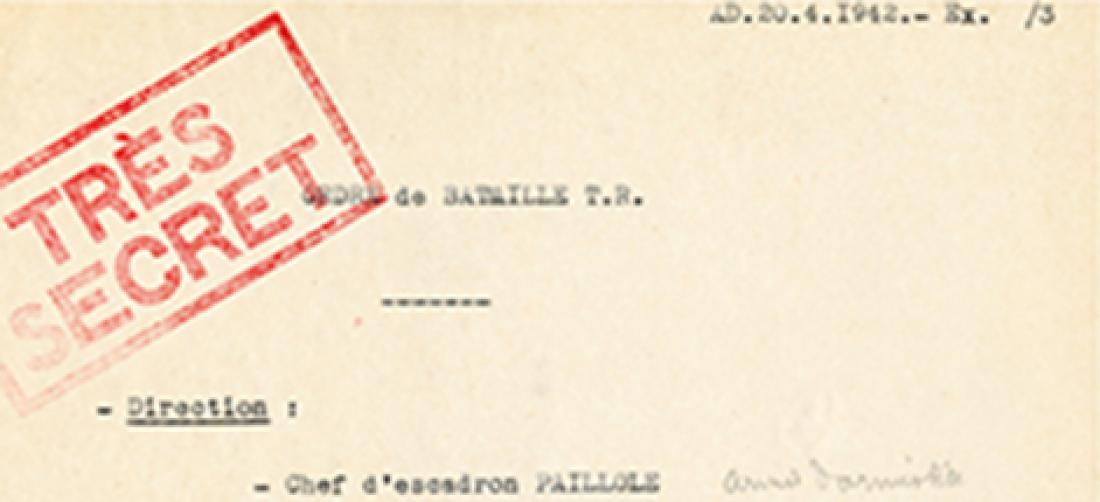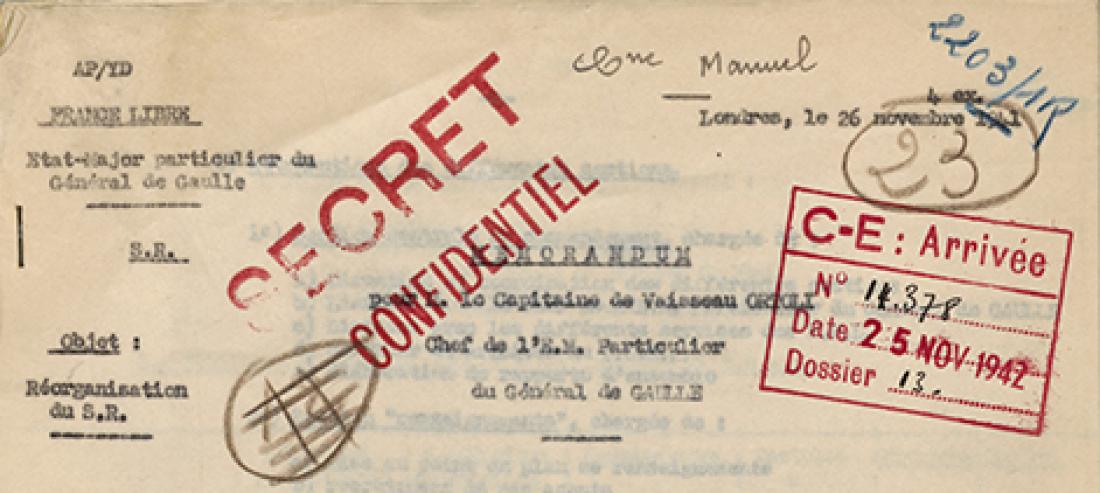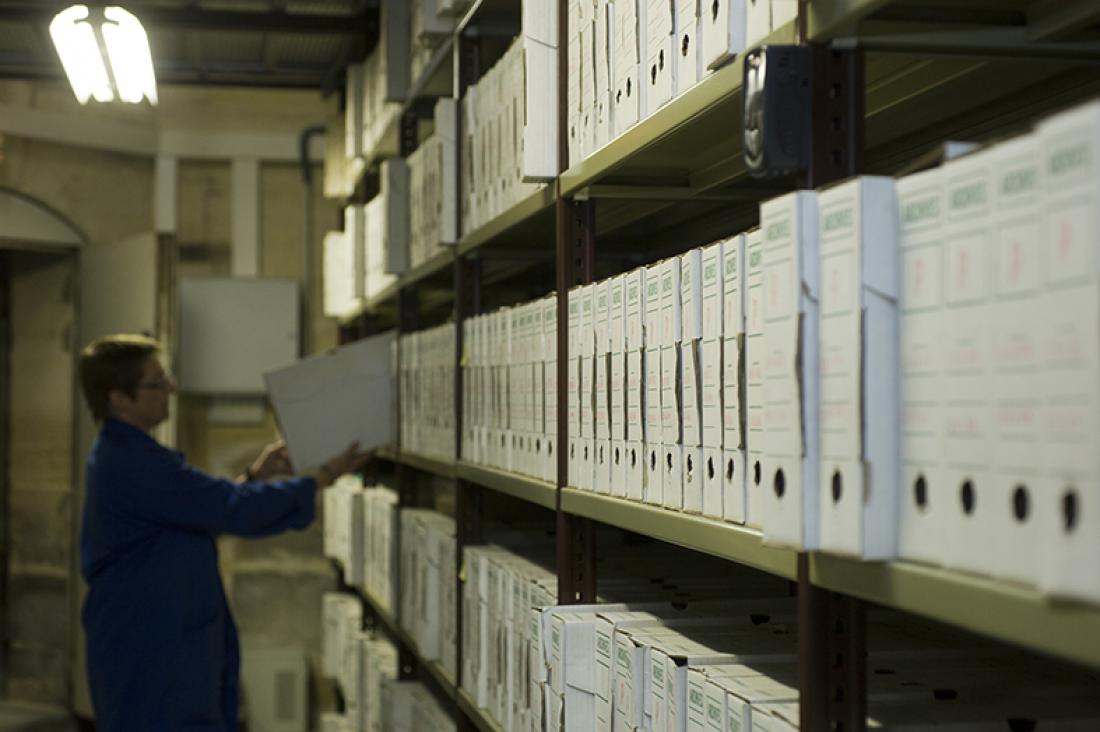Hans Sommer, from SD to Stasi
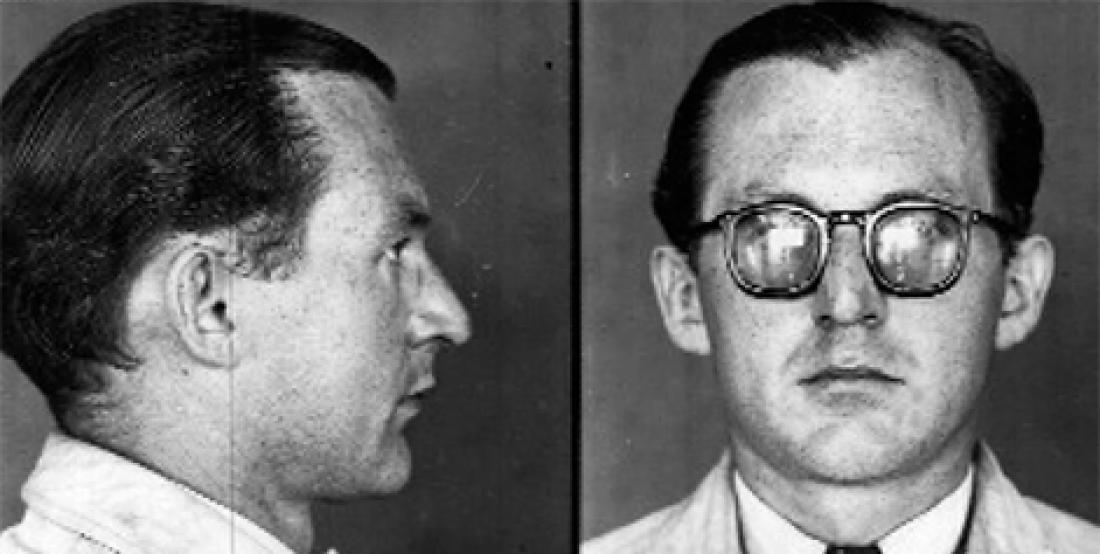
The career of Hans Sommer, from the SS to the Stasi via the German army and the SD, illustrates a clear fact: German agents were very well trained. Real intelligence professionals, several of them recycled their experience after the war by working for intelligence agencies, which were always looking for talent to exploit.


